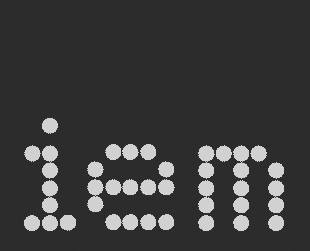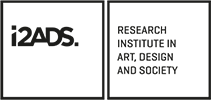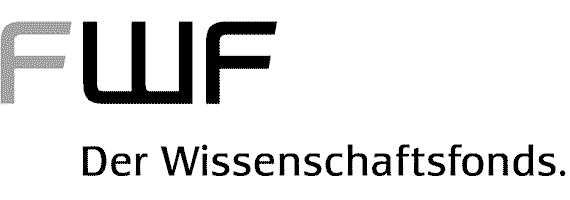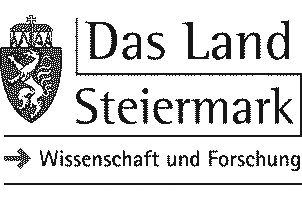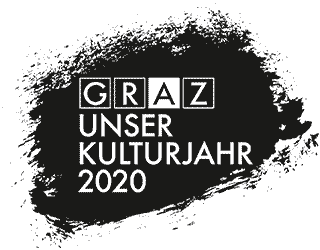Hey!
Keywords: Alternative Controller, Generative Music, Ludomusicology, Space, Game Design, Artificial Intelligence.
Hey! The game is a product of the Ludic Lab Lucerne, a research group at the University of Applied Sciences and Art Lucerne and as such explores multiple concepts and questions connected to the interests of the researchers involved. The game is just the beginning of a deeper exploration on how to bring games out of screens into the room and to find different ways to communicate with the player or players. Not just by making alternative controllers as a hardware solution, but also thinking of what controlling and interfacing a game can be. How to make playing a game more of a (non-verbal) conversation than a direct command chain and how to communicate the state of the game through procedural visuals and generative music.
To make it into a playable game, we needed a setting, a story that would make the game interesting to interact with for some time and give the player a sense of progress. We also wanted to make the setting socially relevant and give the player a meaningful experience. Since the generative music in the game has a kind of “artificial intelligence” build in, we decided to make this the main scenario of our game. In our everyday life we are more and more confronted with algorithmically controlled systems that are black boxes. The setting presents the game as an intelligent system that is nurtured by the player feeding it “emotions”, the player gets the chance to build an AI.
We use the seven basic emotions after Paul Ekman (Paul Ekman Group 2020), which are anger, contempt, disgust, fear, happiness, sadness, and surprise. These do not play into our research and are just part of the world building. These emotions tie into the visual and auditory representation of the game.
The emotions were interpreted by our graphic designer into seven basic colors and shape-families forming the basic building blocks of a face (see Fig. 1). The symbols and colors are culturally influenced, but in the end the iconography is an artistic choice by our graphic designer Francois Chalet.
There is also a generative musical representation that shows the progress of the game from unformed noise to (non-verbal) babbling to coherent sound influenced by the character of the AI interpreting the different emotions into different soundscapes. The communication is non-verbal, because of the inevitable language barrier in multi-lingual Switzerland, where our research group is based.
This game is also a research into how to design a game with levels and a data structure that help transform player decisions and subsequent interaction data to answer research questions for our group. The player will be informed of the collecting of data and the data will be processed completely anonymously to guarantee privacy.
The game is not a final product, but part of a research process. The first iteration of the game was shown at the Biennale in Zürich.


Acknowledgements
This work would not have been possible without my colleagues at the Ludic Lab Lucerne Richard Wetzel, Sebastian Hollstein and especially François Chalet who designed the visual representation.
References
- Paul Ekman Group 2020. “Universal Emotions | What Are Emotions?” Paul Ekman Group LLC. Accessed May 4, 2020. https://www.paulekman.com/universal-emotions/
Join the conversation
xCoAx 2020: Dragica Kahlina “Hey!”. The goal of the player is to “build” an AI by “feeding” the game emotions until it recognizes itself as an entity and with hey!https://t.co/BlWl0C3VYN #xCoAx2020 pic.twitter.com/LuLvgKoLLh
— xcoax.org (@xcoaxorg) July 8, 2020


